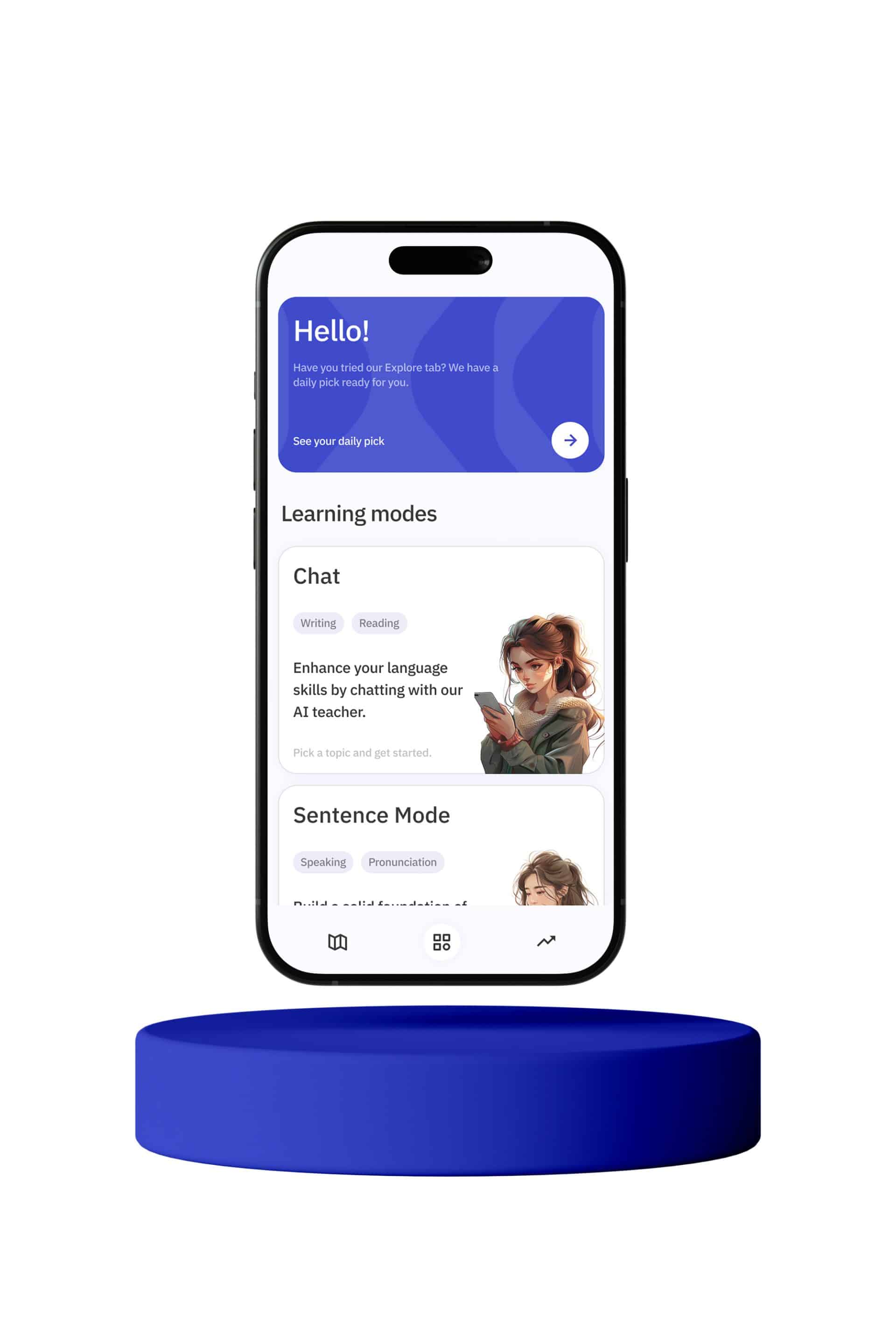When learning a new language, one of the most fundamental aspects is mastering vocabulary. In this article, we will explore two essential pieces of furniture: the sofa and the chair, known in Dutch as bank and stoel. Understanding these terms and their usage will not only help you expand your vocabulary but also give you insight into how everyday objects are referred to in Dutch culture.
The word for sofa in Dutch is bank. This might be a bit confusing for English speakers because the English word bank typically refers to a financial institution. However, in Dutch, a bank is a piece of furniture that you can sit on, usually large enough to accommodate multiple people. The plural form of bank is banken. For example, if you visit a Dutch household, you might hear someone say, “We hebben een nieuwe bank gekocht,” which means, “We have bought a new sofa.”
On the other hand, the Dutch word for chair is stoel. This term is quite similar to its English counterpart, making it easier for English speakers to remember. The plural form of stoel is stoelen. You might hear someone in the Netherlands say, “Kun je een stoel voor me pakken?” which translates to “Can you get a chair for me?”
Both bank and stoel are used in various contexts, and knowing how to use them correctly will enhance your Dutch language skills. Let’s dive deeper into their usage and some common phrases.
### Usage and Context
In Dutch homes, the bank is often the centerpiece of the living room. It’s where families gather to watch TV, have conversations, or relax after a long day. The term zitbank is also used, which literally means “sitting bench,” to specify that it is a piece of furniture meant for sitting. For instance, “De zitbank in de woonkamer is erg comfortabel,” means “The sofa in the living room is very comfortable.”
Similarly, a stoel is commonly found in dining rooms, kitchens, and offices. It’s a versatile piece of furniture used for sitting at a table, desk, or even outdoors. A common phrase you might hear is, “De stoel aan de eettafel is kapot,” which means “The chair at the dining table is broken.”
### Describing Furniture
When describing furniture, Dutch speakers often use adjectives to provide more detail. For example:
– “De bank is comfortabel,” means “The sofa is comfortable.”
– “De stoel is houten,” translates to “The chair is made of wood.”
Other useful adjectives include:
– Groot (large)
– Klein (small)
– Modern (modern)
– Oud (old)
– Zacht (soft)
– Hard (hard)
### Common Phrases
Here are some common phrases that include bank and stoel:
– “Ga zitten op de bank,” meaning “Sit down on the sofa.”
– “Ik heb een nieuwe stoel gekocht,” which translates to “I bought a new chair.”
– “De bank is te groot voor de kamer,” meaning “The sofa is too big for the room.”
– “Kun je die stoel verplaatsen?” which means “Can you move that chair?”
### Cultural Insights
Understanding the cultural context of these pieces of furniture can also help you better grasp their significance. In the Netherlands, the bank is not just a piece of furniture but a place where families come together. It’s common for Dutch families to spend evenings together on the bank, watching TV or playing games.
The stoel also holds cultural importance. In many Dutch homes, dining together at the table is a cherished activity. The stoel thus becomes a symbol of family unity and shared meals. In offices, a comfortable stoel is essential for productivity, reflecting the Dutch emphasis on ergonomics and well-being.
### Learning Tips
To effectively learn these words and their usage, try the following tips:
1. **Flashcards**: Create flashcards with pictures of a bank and a stoel on one side and the Dutch word on the other. This visual association will help reinforce your memory.
2. **Labeling**: If you’re in a Dutch-speaking environment, label your furniture with their Dutch names. Every time you see the sofa, you’ll be reminded that it’s a bank.
3. **Practice Sentences**: Write sentences using bank and stoel in different contexts. This will help you become more comfortable with their usage.
4. **Speak with Native Speakers**: Engage in conversations with Dutch speakers. Ask them about their furniture and try to use bank and stoel in your dialogue.
5. **Watch Dutch Media**: Watching Dutch TV shows or movies can expose you to how these words are used in everyday conversations. Pay attention to scenes set in living rooms or dining areas.
### Conclusion
Mastering the words bank and stoel is a small but significant step in your journey to learn Dutch. These terms are not only essential for daily communication but also offer a glimpse into Dutch culture and lifestyle. By understanding their usage, practicing regularly, and immersing yourself in the language, you’ll find yourself becoming more fluent and confident in speaking Dutch.
Remember, language learning is a gradual process, and every new word you learn brings you one step closer to fluency. So, next time you sit on your sofa or chair, take a moment to think of them as your bank and stoel, and you’ll be well on your way to mastering Dutch.








